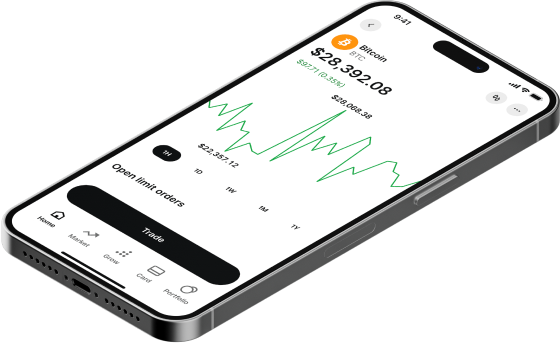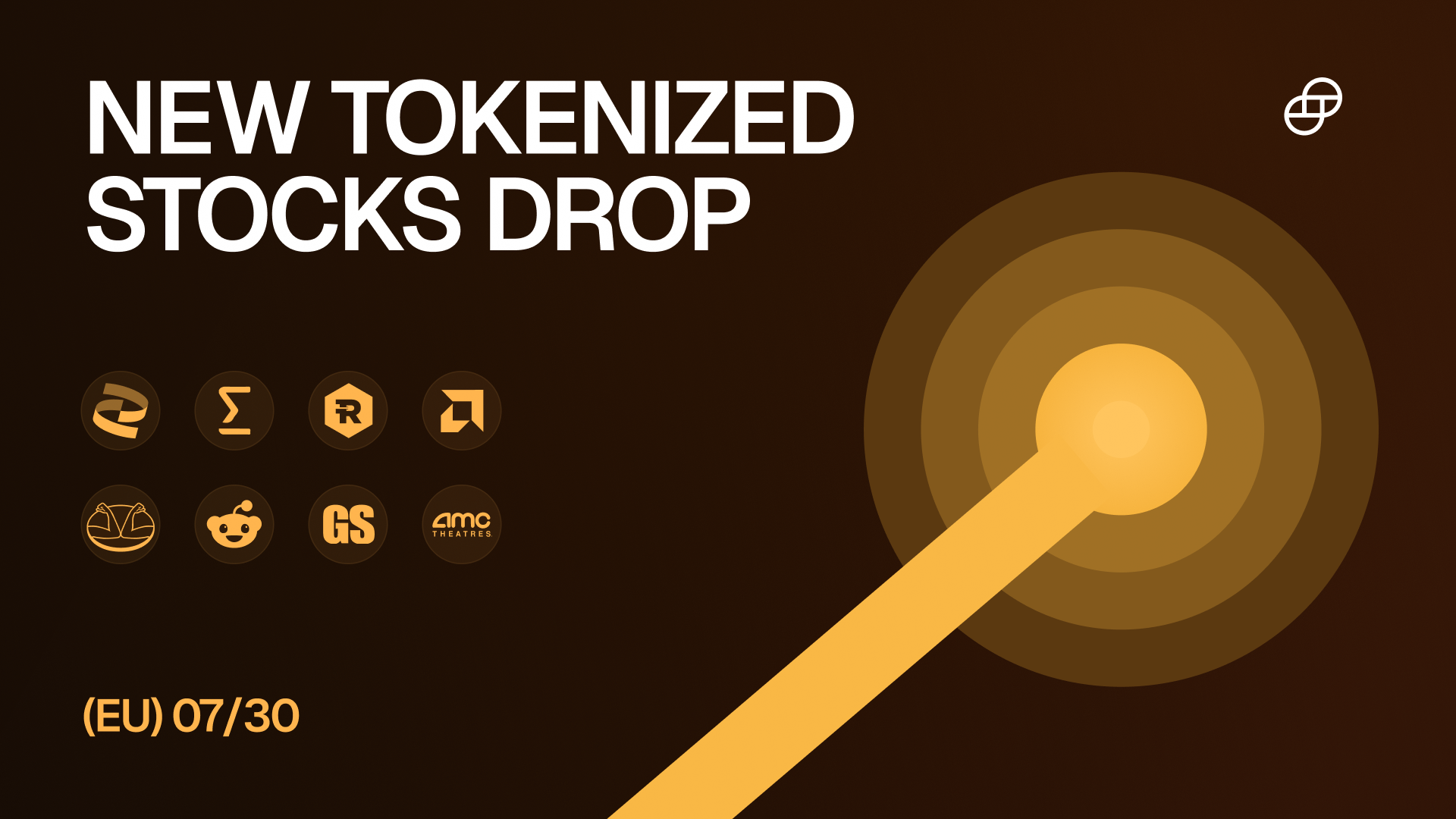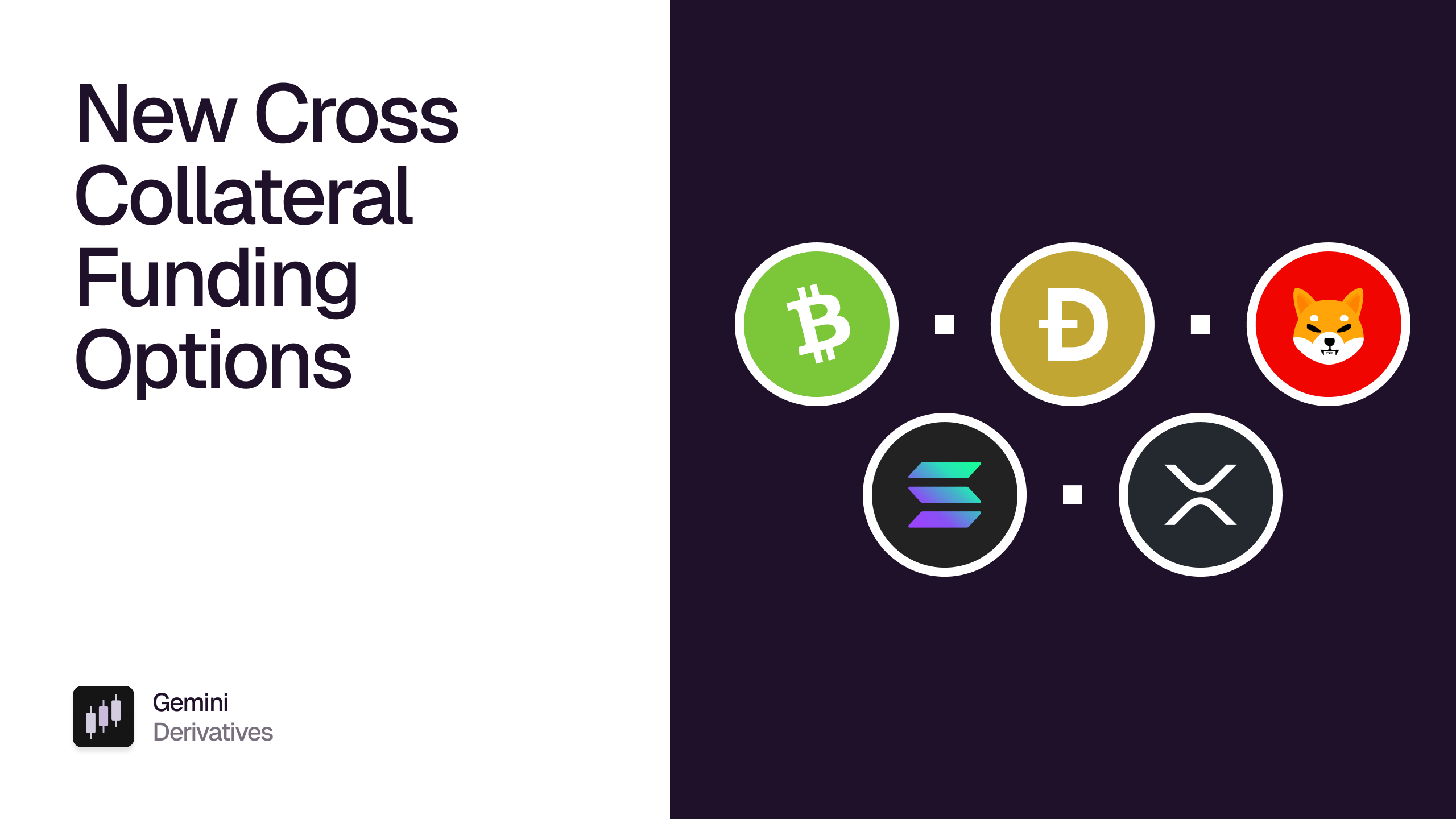Blog home
WEEKLY MARKET UPDATE
JUL 21, 2023
Weekly Market Update - Friday, July 21, 2023 - XRP and SOL Hold on to Gains Following Pivotal XRP Ruling and Aave Launches New Stablecoin

Welcome to our Weekly Market Update.* Explore weekly crypto price movements, read a quick digest of notable market news, and dive into a crypto topic — this week we explore decentralized applications (dApps).
Crypto Movers
BitcoinBuzz Indicator
Crypto News
Topic of the Week

Bitcoin (BTC) Price | ⬇️ 4.65% | $29,892
Ether (ETH) Price | ⬇️ 5.52% | $1,893
Merit Circle (MC) Price | ⬆️ 34.20% | $0.213
Maker (MKR) Price | ⬆️ 25.80% | $1,161
Liquity (LQTY) Price | ⬇️ 20.90% | $1.215
Crypto prices as of Friday, July 21, 2023, at 11:10am ET. Percentages reflect trends over the past seven days. Check out the latest crypto prices here. All prices in USD.


BitcoinBuzz data as of 5:00pm ET on July 20, 2023.
The BitcoinBuzz Sentiment Indicator had its fourth week in the Buzzing Chatter range as news sentiment and Gemini BTC volumes remain at the top of their ranges. Following on the heels of the positive sentiment around bitcoin ETF applications in June and early July, last week’s ruling stating that XRP traded on exchanges is not a security further bolstered crypto news sentiment.
Onchain BTC flows and BTCUSD price momentum values both fell considerably this week as BTC prices tapered off throughout the week after breaking through $31k USD following the XRP ruling. BTC has retraced to ranges observed for the past three weeks.
To learn more about the BitcoinBuzz Indicator and its components, read our introduction here. Check back every Friday for an updated score!

Takeaways
- XRP and SOL hold strong as other cryptos slide: following a surge in prices after the positive XRP ruling last week, XRP and SOL largely held on to their gains as other cryptos including BTC and ETH failed to sustain a breakout.
- Fed expected to raise rates again: the U.S. Federal Reserve is largely expected to raise rates once more at its July 26 meeting. The outlook on further rate increases later this year is unclear, though expectations suggest next week’s hike to be the last one for a couple months amid slowing inflation.
- Aave launches new algorithmic stablecoin: Aave (AAVE) launched a U.S. dollar-pegged algorithmic stablecoin, GHO. AAVE prices are up +35% over the past month.
- Synthetix plans new front-end for derivatives trading: Infinex, a new derivatives trading platform, was presented this week by Synthetix founder Kain Warwick. SNX is trading up ~20% over the past seven days.
Sign up for a Gemini account
The secure way to buy, sell, store and convert crypto. Millions use Gemini to diversify their portfolios.

XRP and Solana (SOL) Maintain Gains After Blockbuster Ruling
Select tokens have managed to breakout and sustain their rally after a federal judge ruled last week that XRP sold on exchanges is not a security. XRP continues to trade around $0.80 USD, up from $0.47 USD prior to the news.
Meanwhile, Solana (SOL) continued to show renewed strength this week, briefly trading above $30 USD on Saturday before consolidating around the $26 USD range. SOL traded below $13 USD back in June after being highlighted as a security in the SEC’s lawsuit against Coinbase. The recent Ripple news, however, has investors pointing to the ruling as a proxy for SOL in its own battle of whether or not it is a security.
Post-XRP Ruling Price Gains for Bitcoin and Ether Largely Erased
On the flip side, leading cryptos have seen the majority of their post-XRP-ruling gains erased this week. Bitcoin (BTC) broke above the $31k USD resistance last Thursday to hit ~$31.8k USD, while ether (ETH) broke above the psychological $2k USD barrier. However, both have since retraced to ranges we have observed for the past three weeks. This is despite equity markets moving slightly higher this week, with the S&P 500 gaining ~0.5%, as correlations between crypto and traditional risk assets continue to fall.
Regulatory pressures and uncertainty are still weighing down the market, with news that Nasdaq has decided to pause the release of its crypto custody business, citing the “shifting business and regulatory environment in the U.S.”
Eyes on Fed as Another Interest Rate Hike Expected Next Week
Despite slowing inflation since the start of the year, the market is expecting a rate hike of 25 basis points (bps) on July 26, while it looks for clues on any potential future rate hikes.
The debate now centers on the potential for further rate hikes as the Fed seeks to continue the downward inflation trend. Market expectations are increasing that the Fed is reaching the end of its hiking cycle, as the dollar declined to its lowest level in more than a year against major currencies, with the U.S. Dollar Index (DXY) touching below 100 for the first time since April 2022. The Euro (EUR) and British Pound (GBP) have been notable outperformers against the greenback over the past months.
Aave Launches Algorithmic Stablecoin Pegged to the U.S. Dollar
Aave (AAVE), one of the largest DeFi lending and borrowing protocols, launched a U.S. dollar-pegged algorithmic stablecoin, GHO, last weekend. In a blog post announcing the launch, Aave outlined that the stablecoin will be overcollateralized and minted using assets supplied on the Aave Protocol as collateral. The interest paid on borrowed GHO will be redirected to the Aave DAO treasury, helping support future developments and the sustainability of the protocol.
Although the price of AAVE has seen a decline since last Friday alongside the broader market retracement, it is trading +35% over the past month.
Synthetix Surges As New Derivatives Front-End Unveiled
Synthetix (SNX) was one of the top performers this week after founder Kain Warwick revealed plans to incorporate a new derivatives front-end into the Synthetix network, called Infinex.
In a blog post discussing the new product, Warwick addressed the need for a new front-end derivatives platform to live alongside Synthetix’s existing derivatives exchange, Kwenta, on Optimism. Despite the benefits of working on a Layer 2, he outlined that requiring users to bridge their assets to another blockchain and then needing to exchange assets for sUSD to start trading has been a hurdle for many. This friction, along with the need to sign every action, including order entries and cancellations, has left plenty of room for improvement, Warwick wrote.
Infinex aims to tackle these friction points and looks to offer features similar to centralized exchanges, such as a noncustodial central limit order book. “Infinex's ethos is simple: nothing is sacred but the user experience,” Warwick wrote. The market reacted positively to the news, with SNX trading up ~20% over the past seven days as of Friday morning.
-From the Gemini Trading Desk

Exploring Decentralized Applications (dApps)
Since the launch of Bitcoin, blockchain protocols have constantly been developed and refined to unlock new functionalities and use cases. One of the most expansive and exciting sectors to come out of this drive for innovation has been decentralized applications (dApps). Built on the blockchain, dApps have been developed for a variety of use cases ranging from finance to gaming to web browsing and collecting art.
Read more about dApp use cases here.
DApps rely on blockchains, typically Ethereum, to process data through distributed networks and execute transactions with smart contracts. These smart contracts can be combined to create powerful software which can be applied across different industries. Just like developers build applications for mobile and desktop devices, dApp developers create applications to function on specific blockchain networks.
Web Apps vs. Decentralized Apps
Trello, Slack, and Twitter are just a couple examples of companies that offer web applications. The usability of traditional web applications depends on two elements: the front end and the back end. Web applications use software that lives on centralized web servers, not the local operating system of any given device. Devices and servers communicate via coding messages through the Hypertext Transfer Protocol (HTTP). For instance, when you open Twitter on your web browser, the feed on display (the front end) is drawn from data held on the company's web server (the back end).
While the internet streams huge amounts of data through massive, centralized servers, a blockchain represents hundreds or even thousands of machines that share the transactional burden over a distributed network. On the front end, decentralized apps and websites use the same technology to render a page on the internet. However, the major difference is on the back end, as dApps communicate with their respective blockchain networks typically through a wallet, which serves as a bridge to the blockchain ecosystem.
Wallets manage your blockchain address and the cryptographic keys necessary to identify and authenticate yourself. Instead of using the HTTP protocol to communicate with the blockchain, dApp wallets trigger smart contracts that interact with the blockchain and execute transactions. A dApp is in essence the front-end user interface (UI) that communicates with smart contracts that transact on the blockchain, at which point a distributed network of nodes that makes up the blockchain validates and confirms the dApp data.
While a well-designed decentralized application user experience (UX) may not seem so different from a web app, it differs from the latter in that it eschews servers, HTTP, and limits potential censorship.
Decentralized App Criteria
A dApp generally meets four main criteria:
- A dApp is typically entirely open source, with no entity owning the majority of associated coins or tokens. By way of its open-source nature, changes to the protocol must be decided via consensus of its users.
- A dApp's data must be stored on a decentralized blockchain.
- A dApp needs to generate digital assets that act as a proof of value.
- A dApp's assets are distributed to network participants as rewards.
Under this definition, many cryptocurrencies can be considered rudimentary versions of dApps, even without smart contract functionality and web interfaces. A blockchain itself can be classified as a dApp.
The Future of Decentralized Apps
Although Bitcoin can arguably be called the first dApp, Ethereum has since become the primary growth driver of the dApp ecosystem. This is largely because of its smart contracts, network effect, and user base. As the DeFi market continues to expand its use cases and adoption, dApps present an essential on-ramp to crypto for new audiences by deploying user interfaces that emulate conventional web applications while accessing the new capabilities of blockchain. In doing so, dApps are in many ways expanding the functionality of the internet through blockchain.
See you next week. Onward and Upward!
Team Gemini
*This material is for informational purposes only and is not (i) an offer, or solicitation of an offer, to invest in, or to buy or sell, any interests or shares, or to participate in any investment or trading strategy, (ii) intended to provide accounting, legal, or tax advice, or investment recommendations, or (iii) an official statement of Gemini. Gemini, its affiliates and its employees do not make any representation or warranty, expressed or implied, as to accuracy or completeness of the information or any other information transmitted or made available. Buying, selling, and trading cryptocurrency involves risks, including the risk of losing all of the invested amount. Recipients should consult their advisors before making any investment decision. Any use, review, retransmission, distribution, or reproduction of these materials, in whole or in part, is strictly prohibited in any form without the express written approval of Gemini.
RELATED ARTICLES

COMPANY
JUL 31, 2025
Gemini’s Next Batch of Tokenized Stocks Includes AMD, Reddit, and GameStop

WEEKLY MARKET UPDATE
JUL 31, 2025
SEC Approves In-Kind Crypto ETF Redemptions, Tron Inc. Registers to Raise $1 billion for TRX Purchases, and Crypto Policy Report Goes Live

DERIVATIVES
JUL 28, 2025